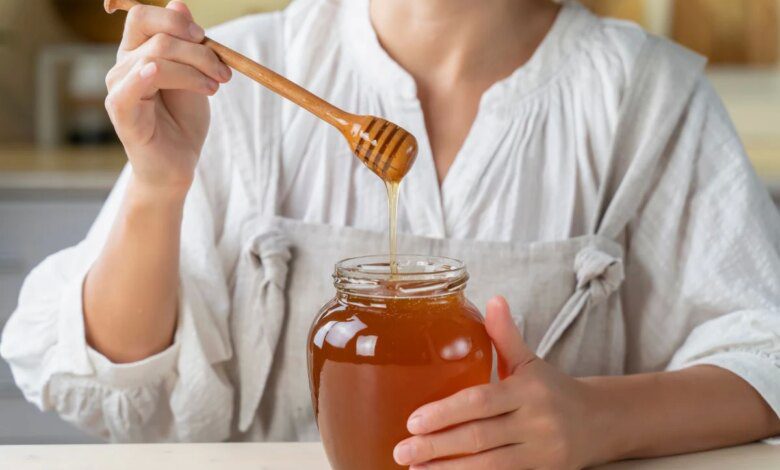
To whom honey is strictly prohibited. Attention, danger of botulism!
A medicine used for thousands of years, honey has many proven qualities. It also has contraindications that should be remembered.
One of the important products of beekeeping, honey is obtained by converting and processing nectar by bees. Honey, containing more than 80% carbohydrates, is an energy product. Apart from its sugar content, honey is also a source of amino acids, vitamins, minerals and antioxidants. Honey is consumed as such or as part of various medicinal products due to its anti-inflammatory, antioxidant and antibacterial effects.
What is its nutritional value?
“There are more than 300 types of honey in the world, the aroma, color and smell of which vary depending on the type of flower from which the bees make this natural product.
Honey contains more than 200 different substances, but the main ones are carbohydrates and water. The carbohydrates contained in honey are arranged in descending order: fructose (47%), glucose (38%), sucrose (14%). In addition to carbohydrates, it also contains proteins; over 20 types of amino acids have been identified, of which proline is found in the largest quantity.
If among macronutrients we find mainly carbohydrates and proteins (less lipids), then among vitamins and minerals we find, however, in much smaller quantities vitamins B1, B2, B3, B6, B9, C, potassium (of the minerals this is found in the greatest quantity), calcium, magnesium, sodium, phosphorus.
In terms of calories, 1 teaspoon of honey (10 g) provides about 30 kcal. If we use it instead of sugar, we still care about the quantity. Fructose, the main carbohydrate in honey, has a lower glycemic index compared to glucose and sucrose, meaning it will be absorbed more slowly from the gastrointestinal tract, but honey does not have an effect on plasma glucose levels.
Honey is used both for food and medicine. Various beneficial effects have been studied, such as antibacterial, antiviral, antifungal, antioxidant, anti-inflammatory, antidiabetic, anticancer, antihypertensive, antiarrhythmic or wound healing. But let's not forget that honey is involved in allergic reactions to pollen, it can be a source of clostridia spores (leading to botulism) or it can contain heavy metals such as lead, mercury, chromium, arsenic, cadmium. In addition to all these possible adverse reactions, it is useful to know that heating leads to the release of substances that are hazardous to health,” explains Dr. Michaela Posea, specialist in diabetes, nutrition, and metabolic diseases.
Children can use it only after 1 year due to the risk of BOTULISM.
Honey should not be given to children under 1 year of age due to the risk botulism. This is poisoning by Clostridium botulinum spores present in honey. Symptoms of infant botulism include constipation, difficulty feeding, excessive drooling, difficulty supporting the head, and difficulty breathing.
How should it be stored
It is recommended to store honey at a temperature of 18°C - 20°C for 1-2 years. In summer it is good to store it in the refrigerator. Honey should be stored away from heat sources and the jar lid should be tightly closed.
Do not add it to hot tea!
The combination of hot tea and honey should be avoided. To preserve its beneficial qualities, honey requires certain parameters: the presence of enzymes, slightly increased acidity, low water content. The moment we add honey to liquids with a temperature above 42°C, the beneficial properties of honey disappear. If we dilute honey with water, we change its pH and sugar concentration, and therefore its benefits. Honey can be added to not very hot liquids, for example, to improve the taste of bitter tea.













